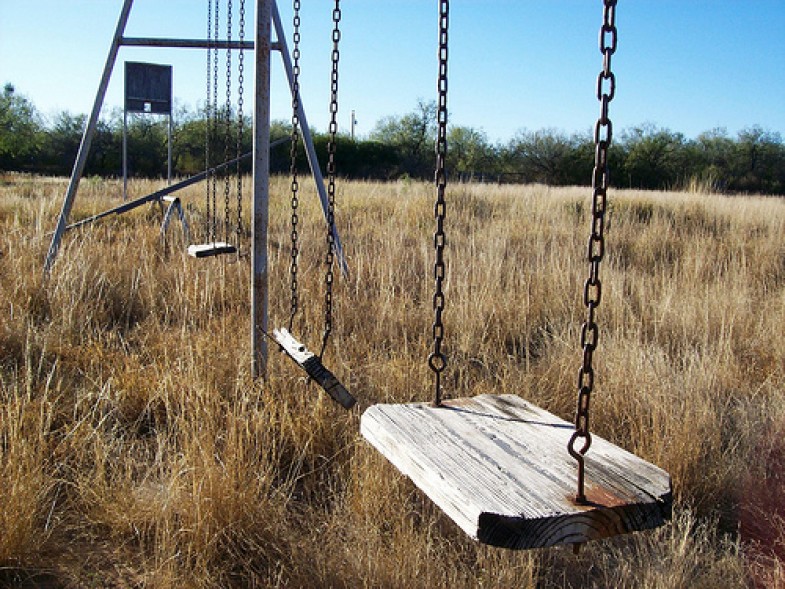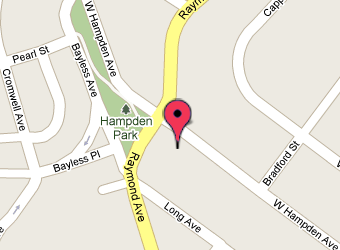These are troubling times for anyone who cares about parks.
During the high-flying economy that crashed in 2008, private facilities—from water parks to health clubs—were touted as the best way to meet our leisure and fitness needs. But after enduring six years of economic sputtering, folks with less money in their pockets and more worries on their minds appreciate low- or no-cost recreation centers, sports programs, nature trails, public gardens, picnic grounds and swimming pools.
Great park systems around the world offer moments of pleasure, calm and comfort to families anxious about the future. More than ever, communities need these kind of public commons and gathering places.
But unfortunately our economic woes hit parks directly. Faltering business growth and lost jobs translate into lower tax revenues for state and local governments. All public services are on the chopping block—including recreation facilities and programs. Indeed, some leaders view parks as frills compared to expenditures on health care, transportation, public safety, and economic development. And the chilly political climate for tax increases heightens the problem. What can we do to keep our local parks in good shape?
An answer came to me recently almost by accident. I was riding my bike on a trail in Fort Snelling State Park, near my home in Minneapolis, and spotted an historical display at the edge of woods overlooking the Minnesota River. Erected by a suburban Boy Scout troop, it marked the site of Minnesota Work Camp No. 1—one of 25 built across the state during the Great Depression as part of the Work Progress Administration (WPA) program to revive the economy. All that remained of the camp was a chimney, still completely intact, and the foundations of barracks and other buildings.
Between 1936 and 1941, 200 mostly African-American men lived here while working on important public works projects. They constructed hundreds of miles of roads, cleared trails in what is now the state park and restored a nearby 1850s house owned by a French-Canadian fur trader that is now part of a state historical site. Throughout the country WPA crews built or refurbished 8,000 parks and 13,000 playgrounds, including restoration of the Statue of Liberty and creation of the famous Riverwalk in San Antonio. Every park in New York City and many other towns was improved by these federally-funded workers.
In the 1930s, parks and recreation facilities were seen as essential institutions just as important to the country’s economic and social health as the schools, highways, bridges, military bases, dams, water and sewage plants, airports, subways, sidewalks and conservation projects constructed by the WPA.
With our economy once again in need of recovery, a campaign to create, expand, improve, restore and maintain parks makes great sense. These are places used by almost every American. Strong vital park systems have been documented in many studies as a key economic asset that creates strong, prosperous communities.
New park projects of all kinds—from sports fields to environmental restoration to to public art to bike trails to new parklands—will put people back to work and contribute things of lasting value to society. The enduring value of recreational and conservation programs built by the WPA proves that parks make a smart investment again today.
In all the tough budget discussions being held aound the world from national legislataures to local city halls, the importance of parks for our future cannot be underestimated.
Adaped and updated from Parks and Recreation magazine.






